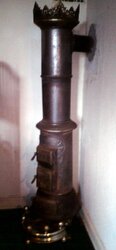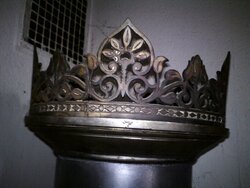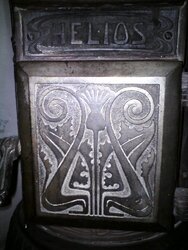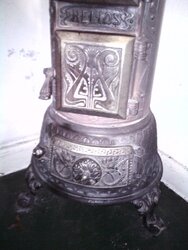Harvey Schneider said: ↑
Canola oil commonly used in the US is a genetically engineered **** seed oil. Canola sounds a lot better. It stands for "Canadian Oil Low Acid". Nutritionally as good as olive oil.
This is completely false. Canloa oil should NOT be consumed by humans (who care about their health). But this is another thread entirely....
http://naturalinstinctnutrition.com/is-canola-oil-healthy/
Regarding the risk of fire from the use of small amounts of oil, I would be extremely cautious and since I haven't had any real problems with auger jams I probably won't have need to go that way. On the plus side the small amount of oil may act to lubricate the auger reducing the load on the auger motor. On the minus side, this still leaves a layer of fines dust on everything within three feet of the hopper from when the pellets were poured into the hopper.
I am somewhat surprised at the heavy handed condemnation of what may be a good solution to a problem. Advocate caution, don't condemn innovation.
NEVER EVER add anything flamable to the hopper. Period. Using oils, lubes, or anything petrolium based is just a horrible idea and a Darwin award waiting to happen.


 I only do this for the Quad because of auger design. The Fahrenheit eats it all
I only do this for the Quad because of auger design. The Fahrenheit eats it all
 The coal stove is danish made by Kerteminde Jernstøberi model 'Helios'. It's still fully functional and It was in use until 2008, when it was replaced by the Whitfield.
The coal stove is danish made by Kerteminde Jernstøberi model 'Helios'. It's still fully functional and It was in use until 2008, when it was replaced by the Whitfield.


